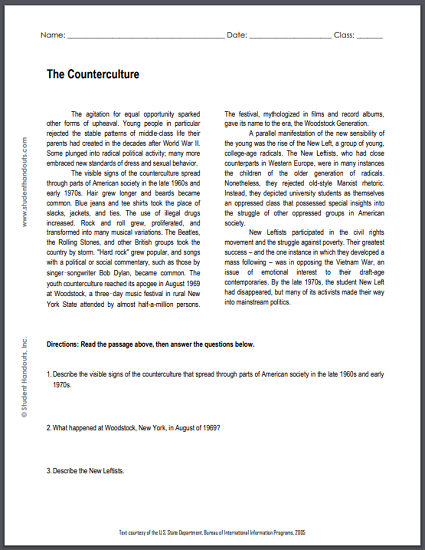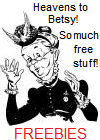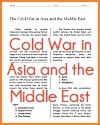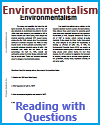The Counterculture |
The agitation for equal opportunity sparked other forms of
upheaval. Young people in particular rejected the stable
patterns of middle-class life their parents had created in the
decades after World War II. Some plunged into radical political
activity; many more embraced new standards of dress and sexual
behavior. The visible signs of the counterculture spread through parts of American society in the late 1960s and early 1970s. Hair grew longer and beards became common. Blue jeans and tee shirts took the place of slacks, jackets, and ties. The use of illegal drugs increased. Rock and roll grew, proliferated, and transformed into many musical variations. The Beatles, the Rolling Stones, and other British groups took the country by storm. "Hard rock" grew popular, and songs with a political or social commentary, such as those by singer‑songwriter Bob Dylan, became common. The youth counterculture reached its apogee in August 1969 at Woodstock, a three‑day music festival in rural New York State attended by almost half-a-million persons. The festival, mythologized in films and record albums, gave its name to the era, the Woodstock Generation. A parallel manifestation of the new sensibility of the young was the rise of the New Left, a group of young, college-age radicals. The New Leftists, who had close counterparts in Western Europe, were in many instances the children of the older generation of radicals. Nonetheless, they rejected old-style Marxist rhetoric. Instead, they depicted university students as themselves an oppressed class that possessed special insights into the struggle of other oppressed groups in American society. New Leftists participated in the civil rights movement and the struggle against poverty. Their greatest success – and the one instance in which they developed a mass following – was in opposing the Vietnam War, an issue of emotional interest to their draft-age contemporaries. By the late 1970s, the student New Left had disappeared, but many of its activists made their way into mainstream politics. |
 |
 |
|---|
Directions: Read the text above, then answer the questions below. 1. Describe the visible signs of the counterculture that spread through parts of American society in the late 1960s and early 1970s. 2. What happened at Woodstock, New York, in August of 1969? 3. Describe the New Leftists. Click here to print. |
Text courtesy of the U.S. State Department, Bureau of International Information Programs, 2005 |











